T4K3.news
Grocery inflation cools but discounters push hard
UK grocery inflation eased to 5 percent as Lidl and Aldi expand, challenging Morrisons and Asda. Watch for how retailers respond in coming quarters.
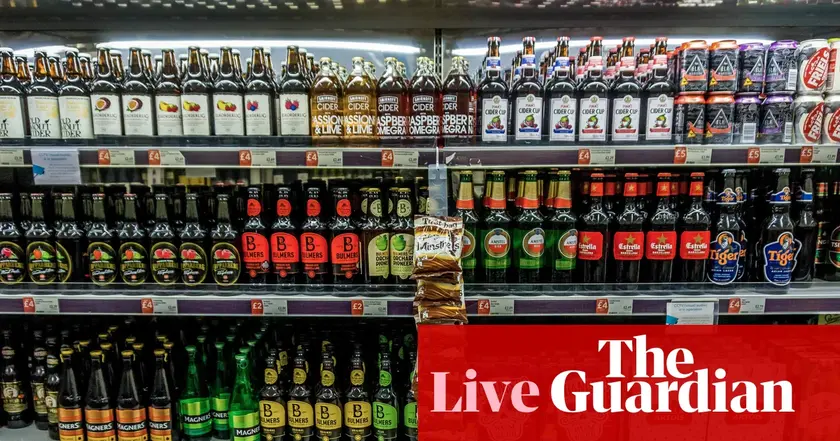
A market report shows UK grocery inflation cooling while discount chains widen their lead over traditional supermarkets.
Grocery inflation eases to 5 percent as Lidl closes gap with Morrisons
UK grocery inflation has eased to 5 percent, a sign that price pressures may be easing for shoppers. Lidl lifted sales by 10.7 percent in the three months to August 11, narrowing the market share gap with Morrisons to within 0.1 percentage points at 8.4 percent. Morrisons remains challenged by a heavy debt load from a 2021 private equity takeover, while Asda's sales fell 2.6 percent as it works to turn around performance. Aldi grew 4.8 percent, reinforcing the rise of discounters as a force in the market.
The data also shows that the surge from discount banners is driving disruption among the traditional big four. Aldi and Lidl are expanding quickly, signaling a shift in the competitive landscape that could reshape pricing and store strategies across the sector. The inflation reading hints that while prices are still high, volume and item count may be under pressure as shoppers seek cheaper options to offset rising bills.
Key Takeaways
"Lidl is closing the gap on Morrisons"
Shows momentum for discount banners in the big four landscape
"Shoppers will trade convenience for price if budgets stay tight"
Reflects consumer behavior under inflation
"Aldi and Lidl expansion signals a long term shift in market power"
Impacts pricing and store strategy
"The next year will test whether price cuts stick and reach households"
Editorial reflection on market trajectory
Discount retailers are rewriting the grocery map, pressuring the big four to respond with sharper pricing and faster store expansion. The debt burden on Morrisons underlines how financial leverage can compound competitive risk, even as discount chains invest heavily to capture more shelf space. The trend toward lower volumes and continued price competition could squeeze margins across the sector if inflation proves persistent. Public tolerance for price cuts could hinge on whether savings reach households quickly and reliably.
Highlights
- Discounts are rewriting the grocery map
- Shoppers chase price because bills bite
- The race to cut prices is just beginning
- Discount banners are changing how Britain shops for groceries
Economic and political sensitivities around discount retail growth
The piece touches on investor activity, debt tied to takeovers, and potential public reaction to price moves. These factors can attract regulatory or political scrutiny and influence market behavior.
Markets are shifting fast and the next quarter will reveal if price competition sticks beyond headlines.
Enjoyed this? Let your friends know!
Related News

Reeves' tax policies push up food prices

UK borrowing exceeds £20bn in June
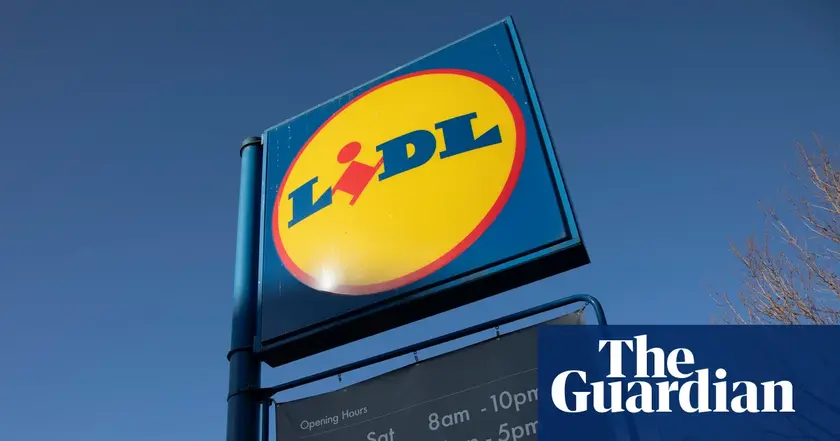
Lidl closes gap on Morrisons in UK grocery market
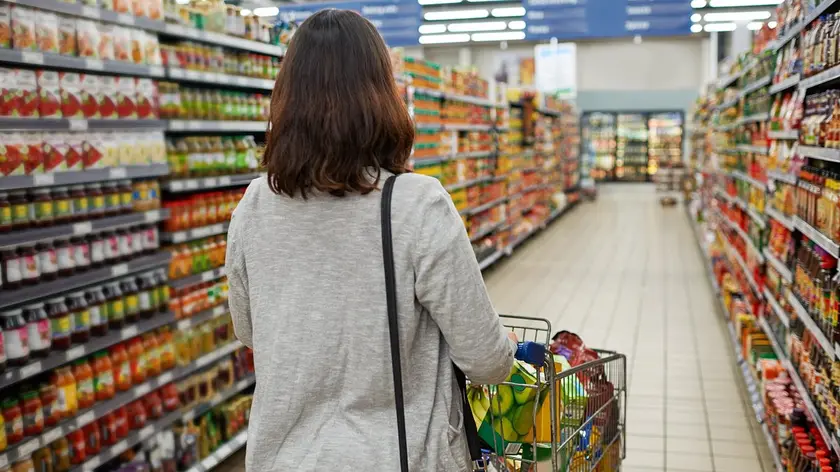
Lidl named UK's cheapest supermarket
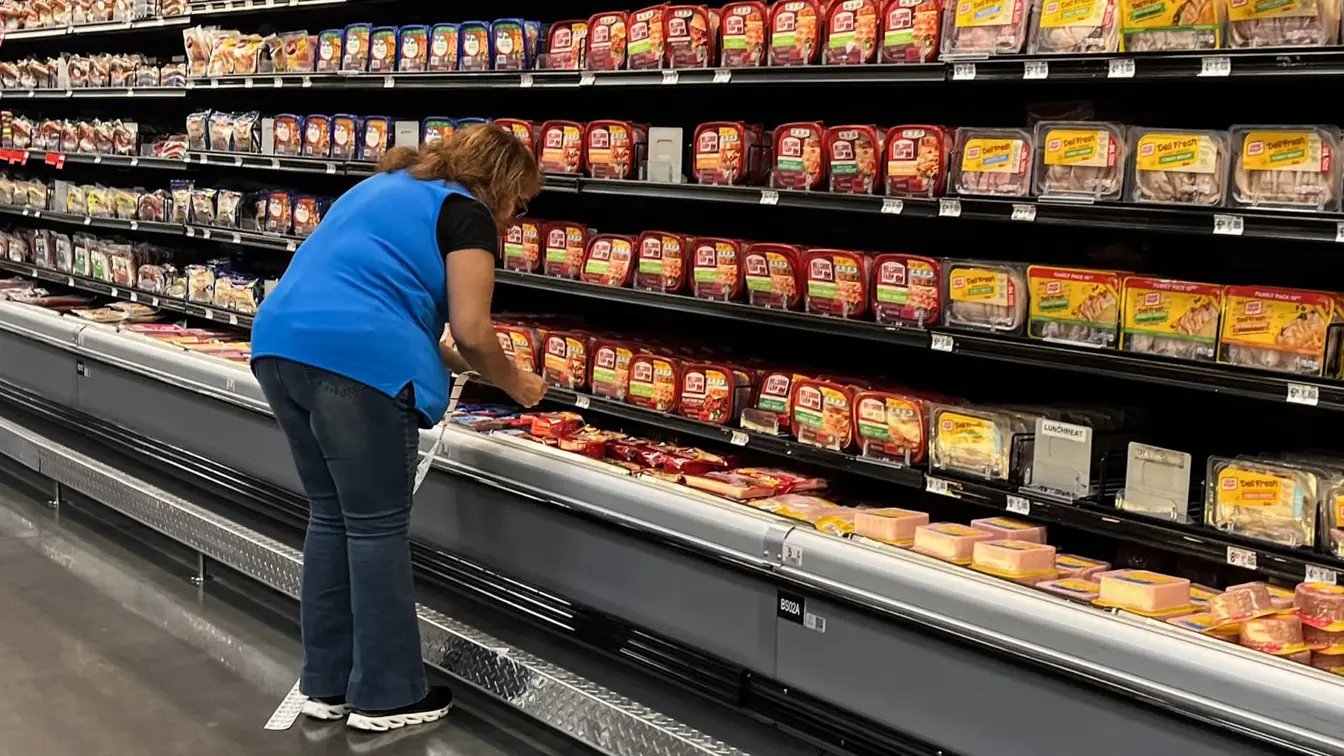
Walmart expands employee discount

Electricity prices rise faster than inflation

Inflation Data Tests Fed Policy
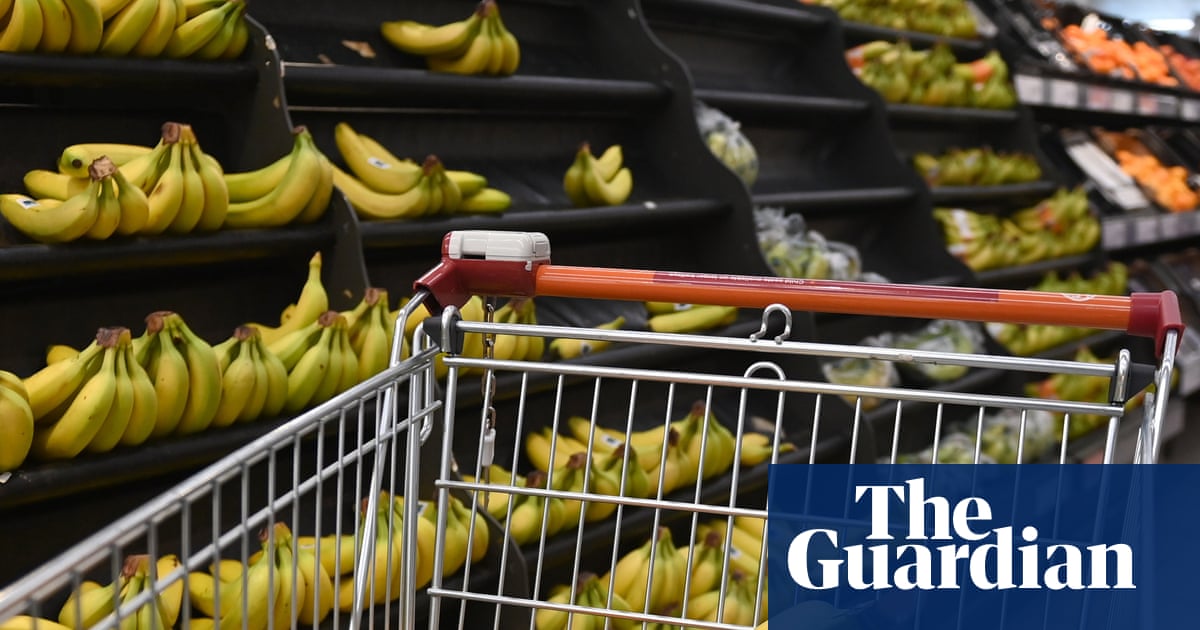
July food prices rise 4%, impacting retail
